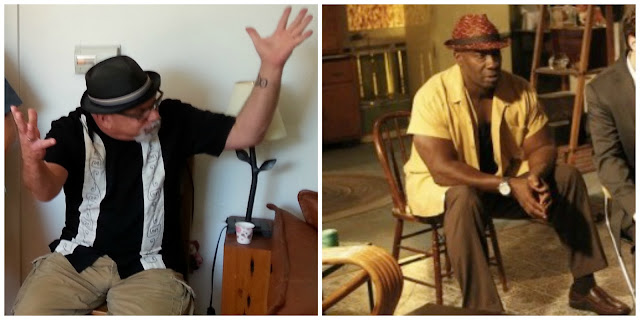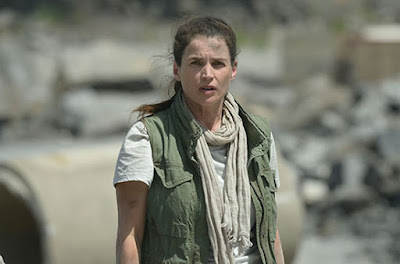So, almost twenty years ago, I spent a Thanksgiving night transfixed by a computer game, so spellbound that I played all night and finally went to bed at 6 am Friday because it was crazy. The game was
Sid Meier's Civilization; more accurately,
CIV II, the second version of the game (which has since gone up to something like version Internet-6).
I was introduced to this turn-based simulation game by my pal Scott, who had no idea what rabbit hole he was leading me into. The premise behind the game is taking a civilization from an isolated tribe of villagers to a world-dominating empire by guiding them from 4000BCE to 2000CE. Your society grows through exploration, scientific advances, civic achievements, and, of course, conquest (every scientific advance brings access to new military units as well as more quotidian features). As the game-people learn more, they have access to different forms of government, each of which has different characteristics - one make people happier but be economically less inefficient, for example. The player has to balance finding scientific advances that provide material growth, keeping the population content, making peace with neighbors (or defeating them), and claiming and improving territory.
Game-time passes pretty slowly: it can take a while to span 6,000 of human development. Activity takes place on a macro-level - the player directs grand trends or research and building, for the most part. The exception is battle, which is a unit-on-unit conflict controlled directly by the layer. When a civilization spans a continent, with several dozen cities, each producing a different facility or unit, and there are workers building roads and irrigation networks, and maybe a war on a birder or two, there can be a lot to manage. Hence that all-nighter so many years ago, a product of "I'll just play until this city has an aqueduct" which gets overlapped by "I need to play until this war in the east is over" and so on.
Well, I don't know if it was the season or what, but I decided to revisit CIV2 this year. I found a Mac OS9 emulator and downloaded a version of the old game and before I knew it, I was transported back to that duplex in Vancouver USA, ready to conquer the world.
Only it didn't quite turn out that way.
I started a game, and the computer generated the world map as usual. As my primitive tribe starting exploring, it became clear that we were on a small island. There was only room to create three cities - cities need farmland and such to support them, of course - and no more exploration to be done until we discovered seafaring.
But during that interim, the culture (the game called them the Sioux, but that's just an arbitrary label) took a different turn. The Sioux built up their cities, fortified them, and then turned inward - choosing to study and explore only those advances that would make them happy and keep them thriving materially. After the initial defense were built, almost no money was spent on the military - the Sioux suffered a few barbarian attacks, but they were easily repelled. No other civilizations made contact - no explorers, no warriors, no diplomats arrived from foreign shores. Cut off from the world and its sorry affairs, the Sioux blossomed. Millennia passed.
Here's the entire Sioux Empire in 1902:
Three metropolitan areas, connected by roads (you can see the nascent railway in the central plain). That's it. The game meta-updates were constantly ranking the Sioux lowest or near lowest on the scales of the largest, and most populous, and greatest empires. But I slipped into cheat mode for second to check out the important stats, and look:
Yes, the Sioux were small in area and population and GDP and manufactured goods, likely a result of having the worst productivity level on the planet.
But: 96% literacy and only 6% disease - the best in the world! The least pollution, longest life expectancy, highest per capita income, and least military service of anyone!
And as a result, the player (me) had the highest approval of any world leader.
So, I'm not sure I played the game the way Sid Meier wanted me to, but if those demographics don't represent winning, what does?
Of course, there's often a fly in the ointment. See those two ironclads off the southeast coast of the island in the picture above? They're not Sioux. They came out of nowhere and have been hanging around. So far, they haven't attacked or sent anyone ashore, but it might just be a matter of time before the great isolation is over and we'll see whether the Sioux lifestyle can survive contact with the rest if the world.
I am hopeful, but not optimistic.
Update: since I captured the images, we have made it to 1952 with no change to the status quo. Not a bad run, even if it does end badly.

















































